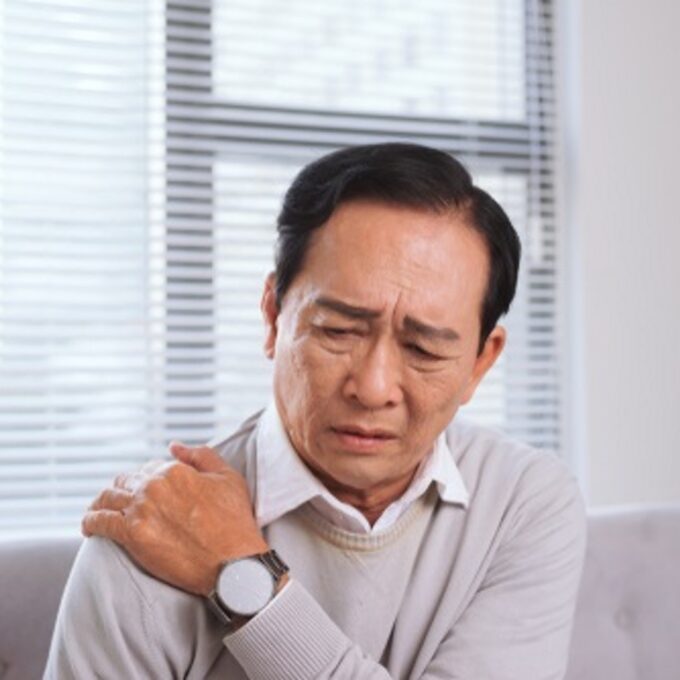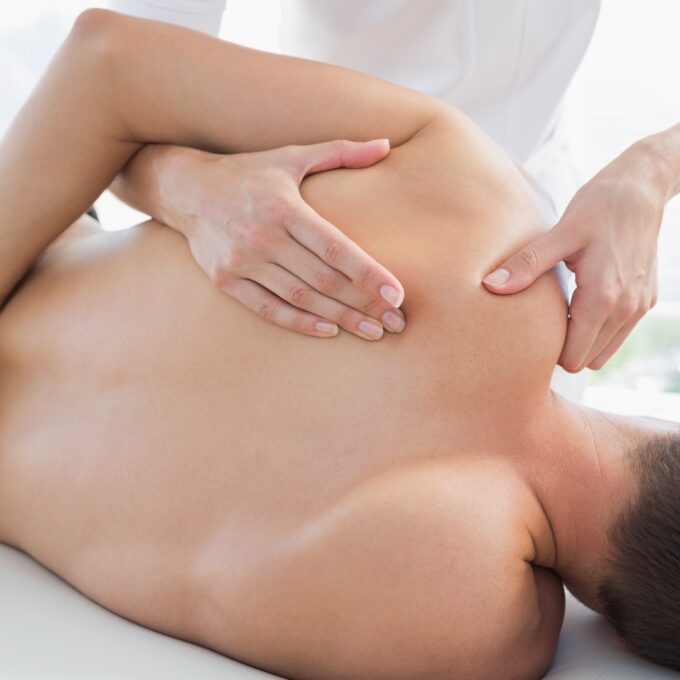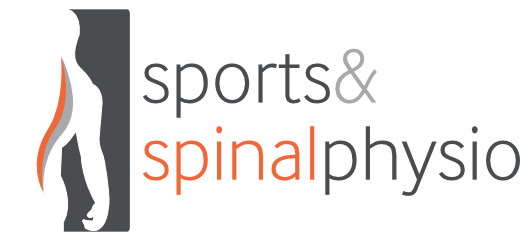Shoulder Solutions - (For impingement and rotator cuff tendinopathy)
If you have a shoulder problem you will agree that they are a real inconvenience. Even the simplest of tasks such as putting a coat on, reaching up into a cupboard or throwing a ball can cause pain. Left untreated pain caused through shoulder impingement or rotator cuff tendinopathy can often worsen in severity and you may find that you can do less and less with your shoulder.
Pain and inflammation located in the shoulder and upper arm is more often than not linked to a rotator cuff injury or impingement syndrome. Rotator cuff tendinopathy is the term used to describe how the shoulder tendons become inflamed, sometimes torn, thickened and painful. Impingement is the term used to describe how the tendon/bursa become enlarged and impinged in the sub acromial space.

What Causes It
Multi-factorial but often due to overloading/straining the shoulder with repeated tasks and activities. The weakness or imbalance of the muscles around the shoulder blade and rotator cuff also contribute to shoulder impingement and tendinopathy.
Prognosis
Normally takes 3-6 months to resolve but can continue intermittently for many years if not managed correctly.
Treatment
Treatment is normally carried out over a 4-6 month period and requires approximately 6-12 sessions.
Review / Reassessment
At the end of your treatment we will review your progress and plan the next steps – this may include discharge with ongoing maintenance exercises and advice, continuation with your treatment programme (harder exercises, sport specific input). Treatment intervals at this point normally occur every 2-4 weeks.

Treatment Programme
- Off load (advice/education)
- Manage pain – Medication / Ice / Acupuncture / Exercise / manual therapy
- Taping to off load and facilitate movement patterns
- Analysis of biomechanics – video analysis
- Progressive exercise programme to include:
Focused strengthening and retraining of muscles around the shoulder girdle and the rotator cuff itself
Proprioceptive drills to improve shoulder and arm co-ordination
Stretching of tight structures - Retraining of movement patterns for sports and activities
Next Steps / Options
Want to know more? Then please download our Information guide “Feeling the Pinch”. The video on this page gives you more information as to what is contained in this guide too.
Important Information
Rehabilitation is not a quick fix and can be longer due to age, length of symptoms, and the extent of degeneration and weakness. It is very important that you attend your treatment sessions as suggested by your therapist and follow through with your re-assessment. The recommendations in this action plan are based on your individual condition and examination results.
Next Steps: Use one of our 4 options below to get started...
What Our Patients Say
Finally
If you are still considering what to do or just browsing why not download one of our free guides below.
